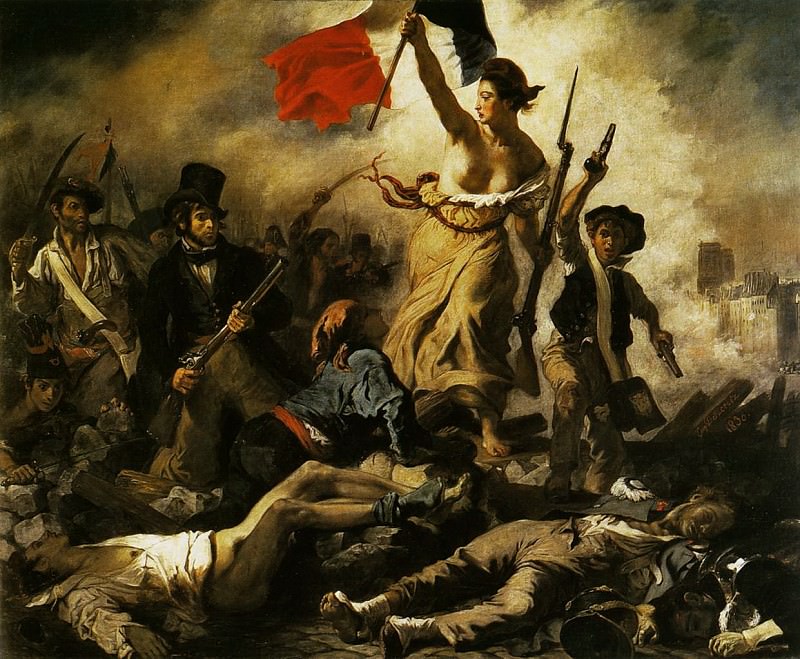Robert Bateman: A Master of Wildlife Art
Robert Bateman is a name synonymous with wildlife art. His work is revered not only for its technical proficiency but also for its capacity to evoke a deep sense of connection with the natural world. Born in Toronto, Canada, in 1930, Bateman's journey into the realm of art and nature began at a young age, driven by an innate curiosity and passion for wildlife. Over the decades, he has established himself as one of the most celebrated wildlife artists of our time, with his paintings displayed in prestigious galleries and collections worldwide.
Early Life and Influences
Bateman's early life was steeped in the natural environment. His childhood adventures in the wilderness and his keen interest in birds laid the foundation for his future career. Influenced by the Group of Seven, particularly A.Y. Jackson and Lawren Harris, Bateman developed an appreciation for landscape painting. However, it was his encounter with the work of Andrew Wyeth that significantly shaped his artistic direction. Wyeth's realistic depictions of rural life and nature resonated deeply with Bateman, guiding him toward a style that combined realism with a profound sense of place.
Evolution of Style
Bateman's artistic journey has seen a considerable evolution in style. His early works were more abstract, influenced by modernist trends of the mid-20th century. However, as his engagement with wildlife deepened, his style shifted toward realism. This transition was not merely a stylistic choice but a reflection of Bateman's commitment to accurately portray the natural world. His meticulous attention to detail and ability to capture the essence of his subjects have become hallmarks of his work.
The Art of Conservation
One of the defining aspects of Bateman's career is his dedication to conservation. His art is not just a celebration of wildlife but also a poignant commentary on the need to protect and preserve our natural heritage. Bateman's paintings often highlight endangered species and threatened habitats, bringing attention to environmental issues. His involvement with various conservation organizations and initiatives underscores his belief that art can be a powerful tool for change. Through his work, Bateman aims to inspire a greater appreciation for nature and a commitment to its stewardship.
Notable Works
Bateman's portfolio is extensive, with numerous notable works that have left an indelible mark on the art world. Paintings such as "Chief," "Midnight – Black Wolf," and "Cardinal in Sumac" exemplify his ability to capture the beauty and spirit of wildlife. Each piece is a testament to his skill in rendering texture, light, and movement, making the subjects come alive on canvas. These works are not just visually stunning but also emotionally evocative, inviting viewers to pause and reflect on the natural world.
Techniques and Mediums
Bateman's technique is characterized by a blend of precision and artistry. He primarily works with acrylics, which allow for fine detail and vibrant color. His process involves extensive fieldwork, including sketching and photographing his subjects in their natural habitats. This firsthand observation is crucial to his ability to render his subjects with such authenticity. Bateman's use of light and shadow, along with his careful composition, creates a sense of depth and realism that draws viewers into the scene.
Impact and Legacy
The impact of Bateman's work extends beyond the art world. His paintings have been instrumental in raising awareness about conservation issues and have inspired a generation of artists and nature enthusiasts. Bateman's legacy is not just in the art he has created but also in the message he conveys through it. His work reminds us of the intricate beauty of the natural world and the importance of preserving it for future generations.
Recognition and Awards
Bateman's contributions to art and conservation have been widely recognized. He has received numerous awards and honors, including the Order of Canada, the country's highest civilian award. His work has been featured in countless exhibitions and has garnered international acclaim. Bateman's influence is also evident in the many publications about his life and work, which have helped to cement his status as a leading figure in wildlife art.
The Bateman Foundation
In 2012, Bateman founded the Bateman Foundation, a charitable organization dedicated to promoting the preservation of the natural world through art. The foundation's mission is to inspire individuals to engage with nature and to foster a deeper understanding of the importance of conservation. Through exhibitions, educational programs, and community outreach, the Bateman Foundation continues to carry forward Robert Bateman's vision of a world where art and nature are inextricably linked.
The Role of Education
Education has always been a central theme in Bateman's career. He believes that fostering a love for nature begins with educating young minds. Bateman has been involved in numerous educational initiatives, from school visits to workshops, where he shares his knowledge and passion for wildlife. His books, such as "Robert Bateman's Natural Worlds" and "Thinking Like a Mountain," offer insights into his artistic process and philosophy, serving as valuable resources for aspiring artists and nature lovers alike.
Future Directions
As Bateman continues to create and inspire, the future of his work promises to be as impactful as his past. His ongoing commitment to both art and conservation ensures that his legacy will endure. Upcoming exhibitions, new projects, and continued involvement in conservation efforts highlight Bateman's unwavering dedication to his craft and his cause.
Conclusion
Robert Bateman's art is a celebration of the natural world in all its complexity and beauty. Through his meticulous and evocative paintings, he has not only captured the essence of wildlife but also highlighted the urgent need for conservation. His work transcends the boundaries of art, serving as a powerful reminder of our connection to the natural world and our responsibility to protect it. As we continue to face environmental challenges, Bateman's art stands as a beacon of hope and inspiration, urging us to look closer, appreciate more deeply, and act more responsibly in our relationship with nature.




